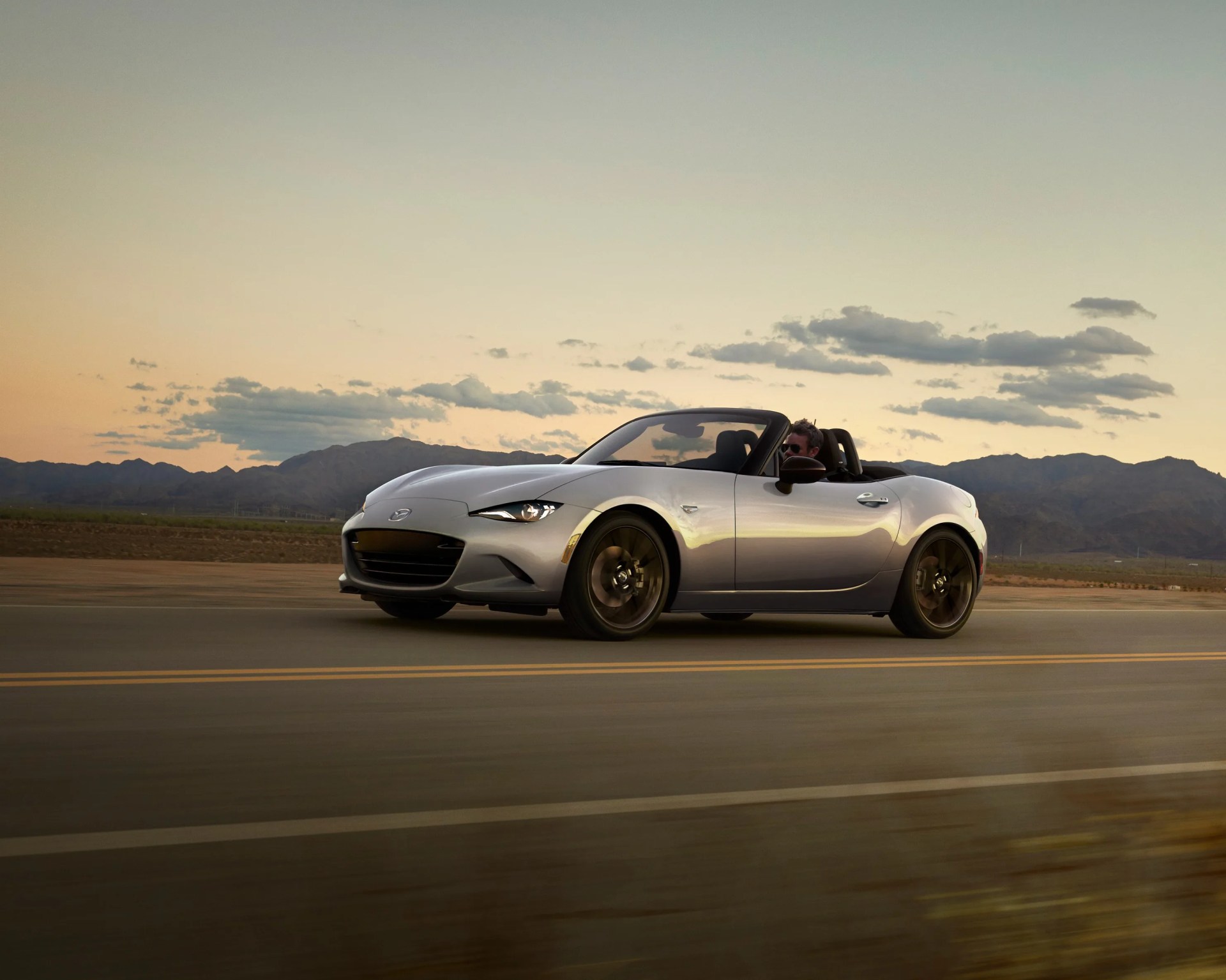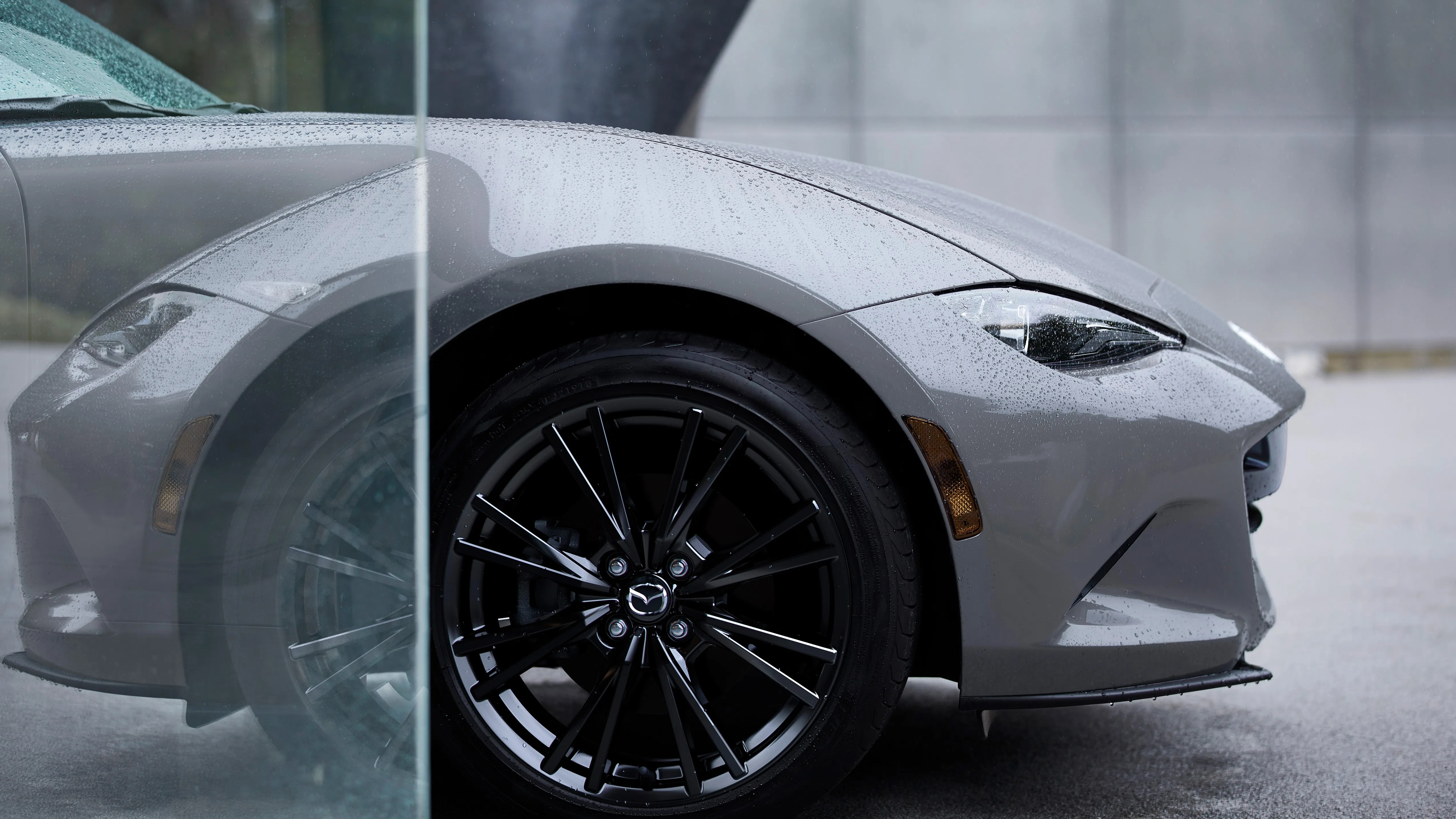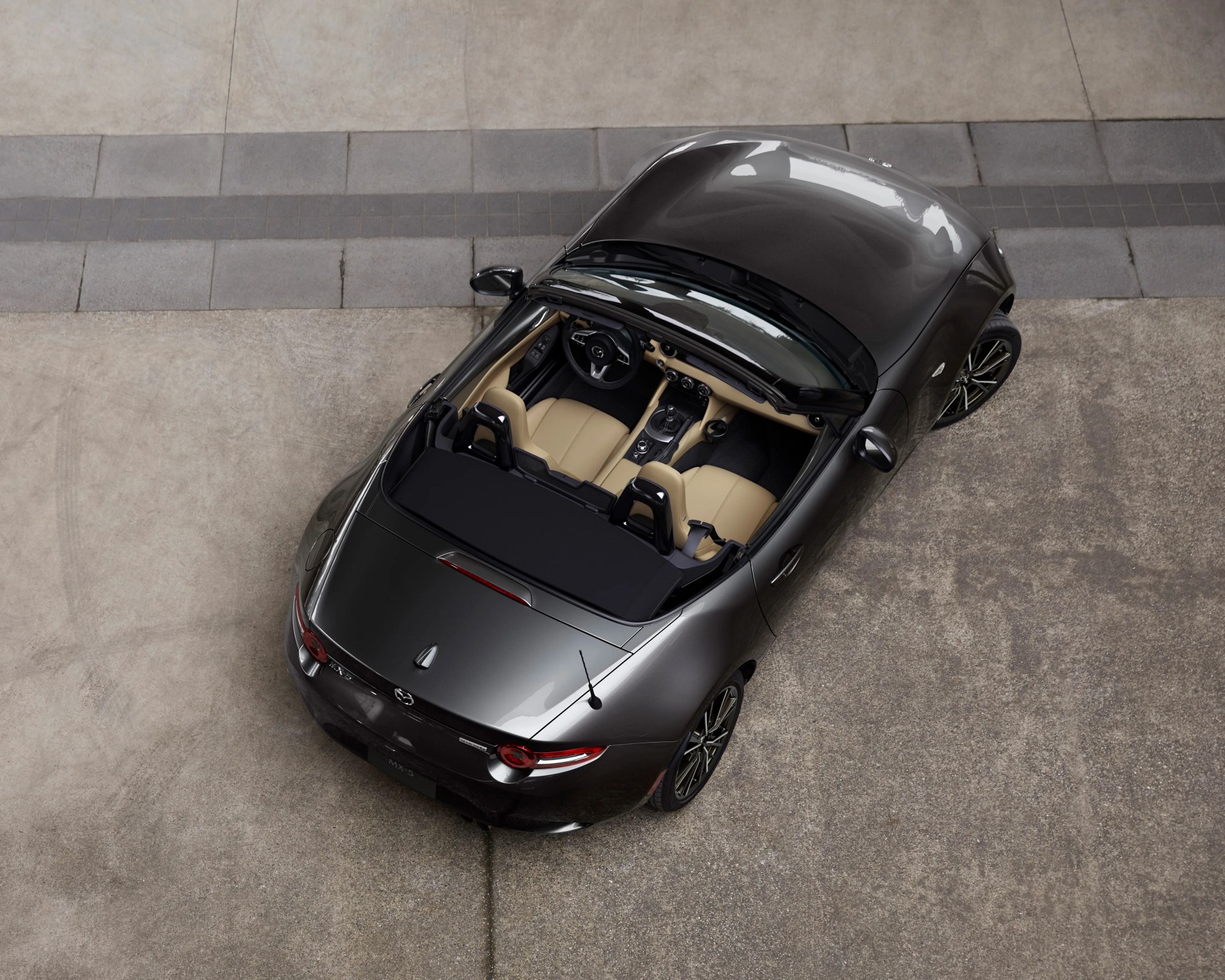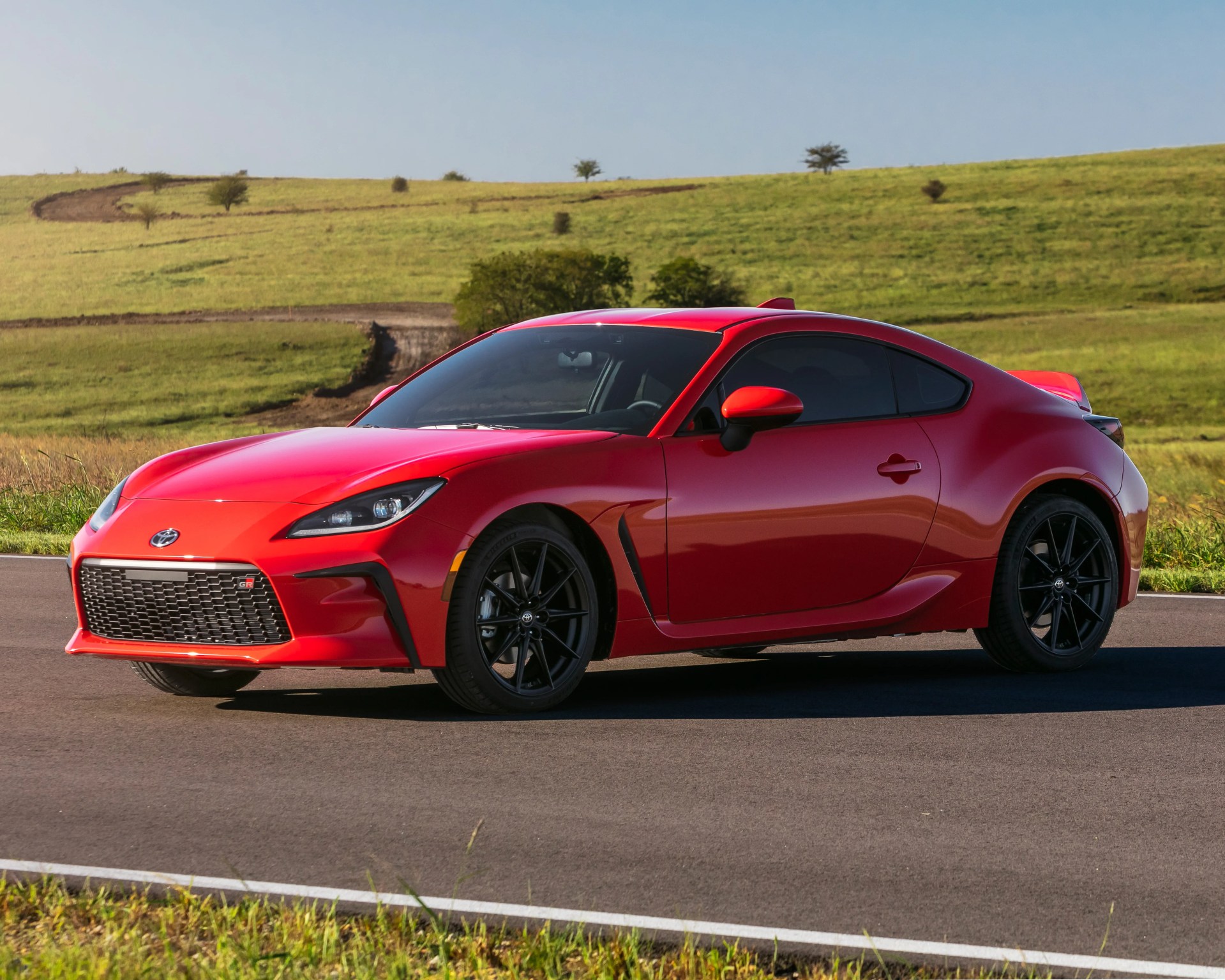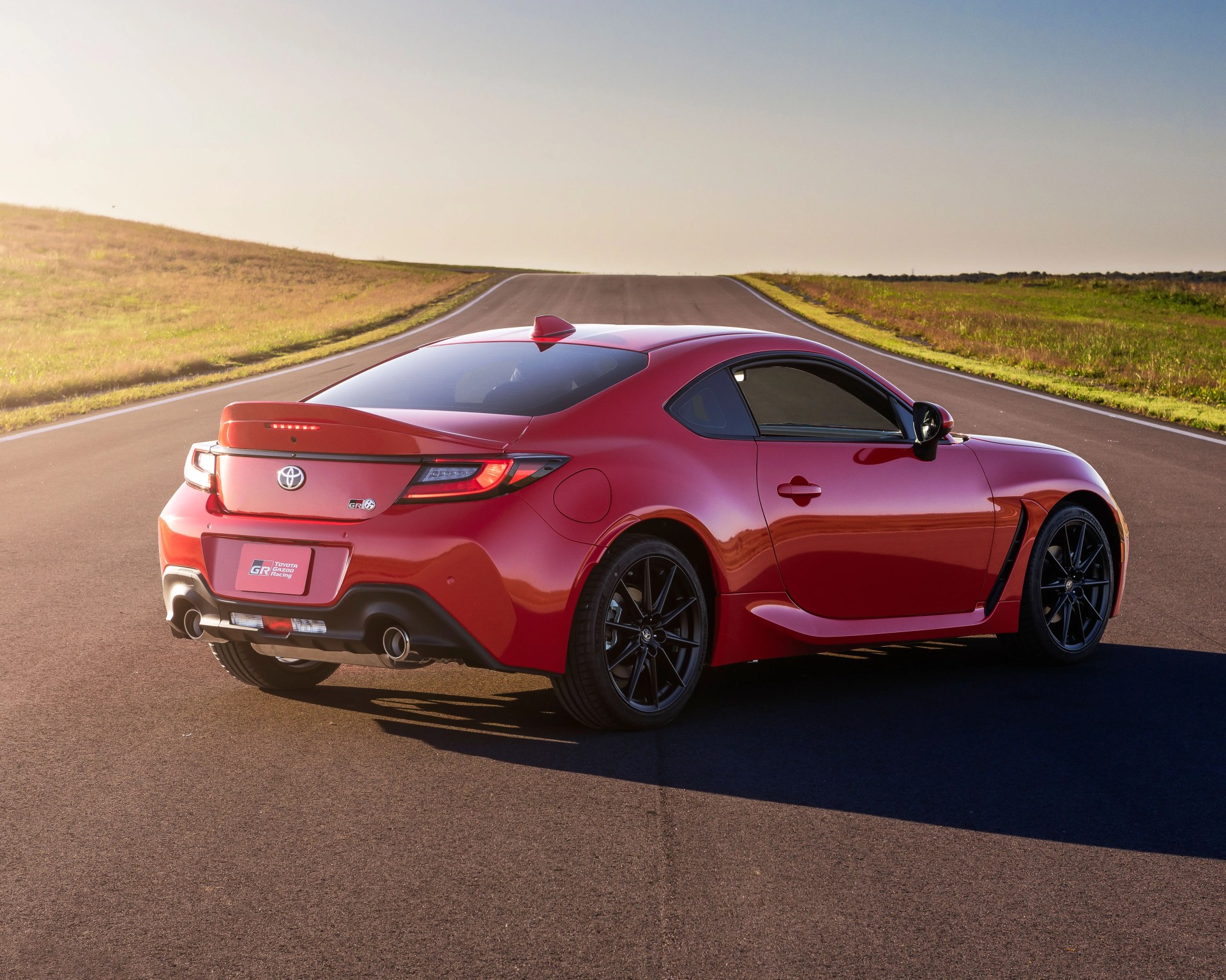Between its current GR Corolla and Yaris hatchbacks, a next-generation Supra, a Lexus LFA successor and the rumored revival of not only the Celica but also the MR2, Toyota has its hand in a variety of different sports car projects at the moment.
Even still, the Japanese automaker remains committed to its affordable GR86. Following previous speculation that Toyota would be bringing the engineering of its small sports car in-house for the next generation, a new report suggests the brand may be looking to Mazda for a partner in the model’s development.
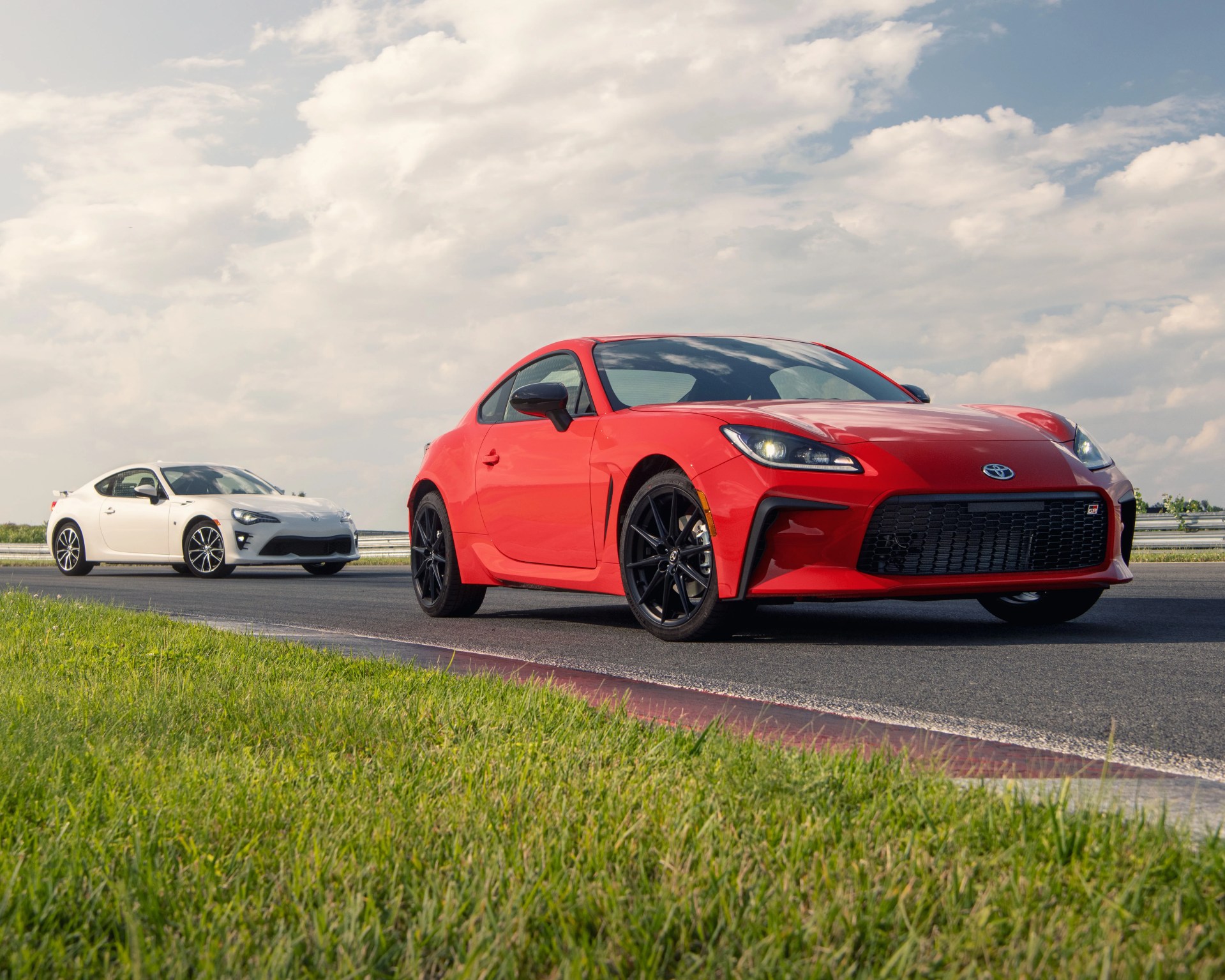
At face value, the project almost sounds too good to be true. But there’s a lot about it that makes sense from a practical perspective. After all, the two brands have a vested interest in each other, and both have an extensive history of collaboration.
A tale of two sports cars
According to a popular Japanese automotive magazine named Best Car, Mazda sent some of its chief engineers to Toyota City to work on the next generation of the MX-5 and GR86. Per the report, the two cars will share a platform, much the same way that the GR86 does alongside its Subaru twin today.
